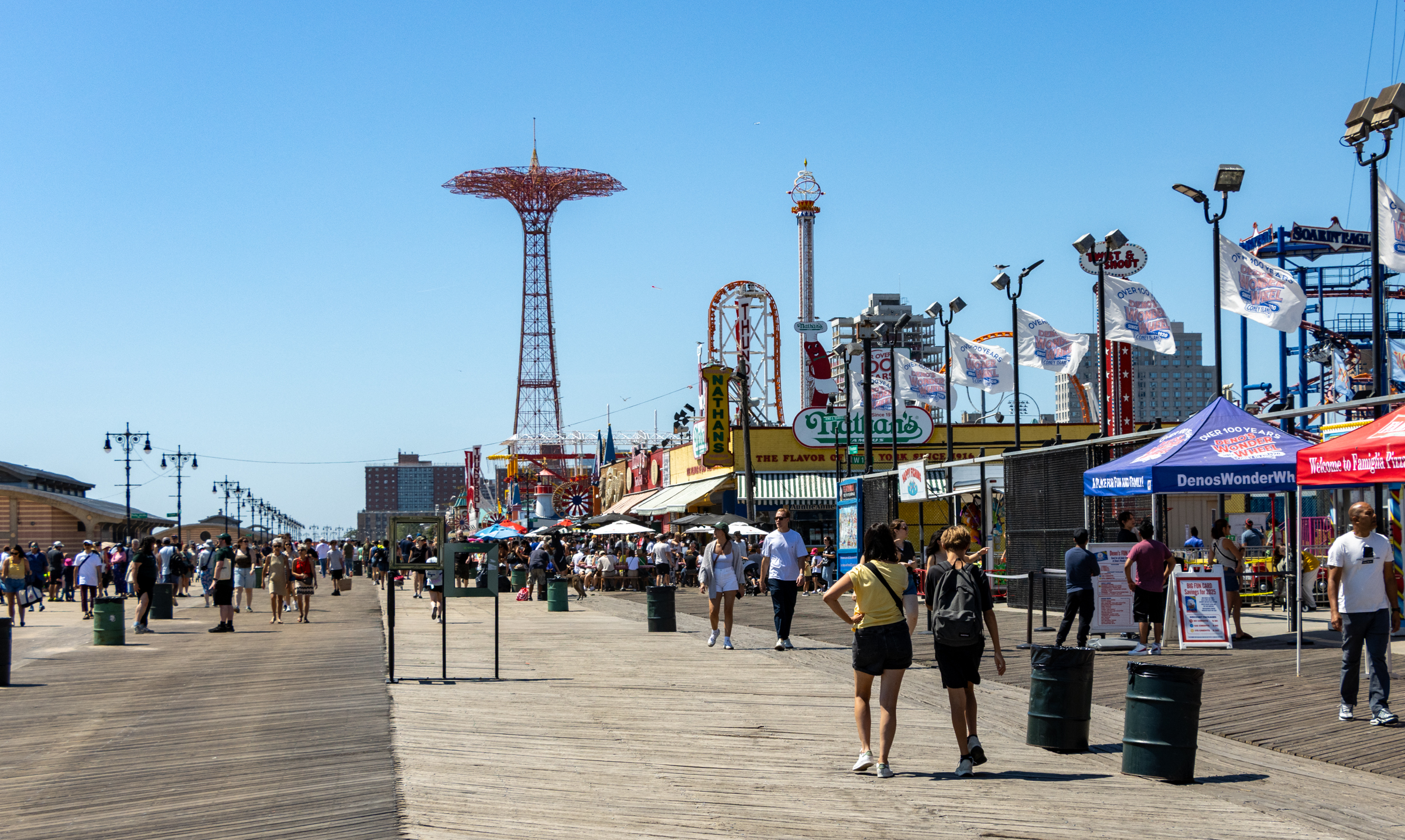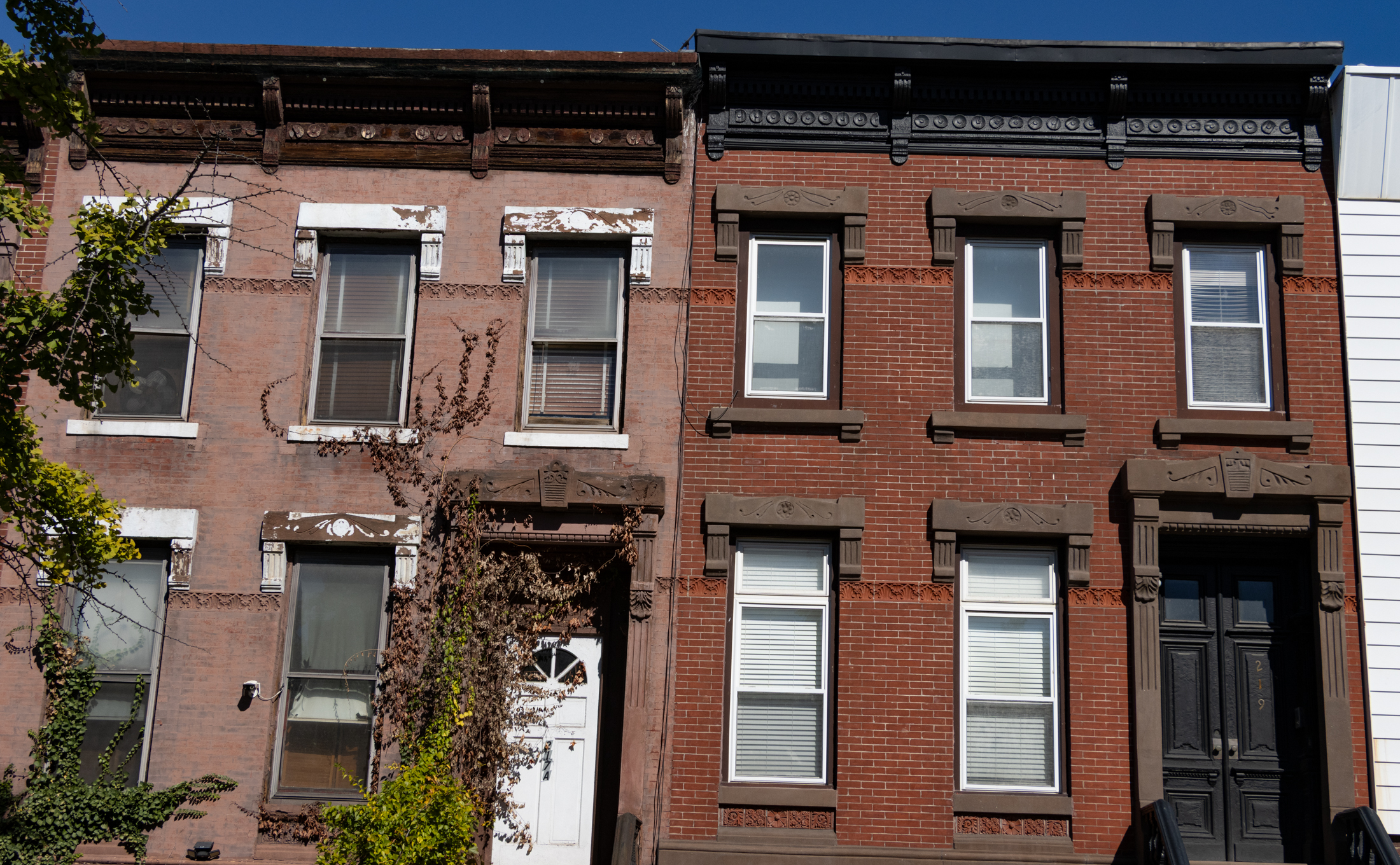Rezoning Puts the Squeeze on Manufacturing
New York City has lost 37,000 industrial jobs since Bloomberg took office, and, if the next round of rezonings goes through, it will have surrendered 20 percent of its industrial space. So says the Daily News in a story based on the Pratt Center for Community Development’s latest study. The City itself offered opposing statistics—they…


New York City has lost 37,000 industrial jobs since Bloomberg took office, and, if the next round of rezonings goes through, it will have surrendered 20 percent of its industrial space. So says the Daily News in a story based on the Pratt Center for Community Development‘s latest study. The City itself offered opposing statistics—they say the number is 31,000 jobs (still nothing to extoll) and 11,000 square feet of what the story calls “factory-friendly” land. Much of the rezoning was intended to create office space; instead, a lot of former industrial space has turned to residential use, especially in neighborhoods like Red Hook and Greenpoint. The less industrial land there is, the more expensive that land becomes. But the news isn’t all bad, apparently. Though we lost twice the percentage of industrial jobs than the national average, we gained 1,700 last month.
City Industries Feel Squeeze with Rezoning Attracting Developers [NY Daily News]
Sugar. Photo by mezzoblue.





Make My Heights…;
Point taken. However, as I mentioned, Lisa seems to be featuring such stories. She recently featured another one implying that the development of IKEA came at the expense of a ship repair operation taking over the decrepit Todd facility, and likewise for the former Revere sugar refinery. What ship repair operation in their right mind would have taken over such am antiquated and high-cost facility? Couldn’t she have called up a few ship repair companies and see if there was any interest at all, before condemning IKEA in making an investment in NYC?
Benson – I agree with everything you said. But to be fair to lisa – she was really just reporting on the story in the Daily News. The Daily News reporter is the one who realy needs to do some background research…
Lisa and all;
I think it is time for another reality check, as Lisa seems to be on some type of crusade to prove that industry is being squeezed out because of the recent development boom.
Over the last 50 years, NYC has lost well over 800,000 manufacturing jobs. I would say that this is a bit more than 37,000 lost under Bloomberg’s watch, and well before any of the recent rezoning. It is well worth remembering that many areas that were formerly zoned for industrial use lay abandoned and fallow for years. One such area was SOHO, and for those who lived during the time, the first artists who moved into these lofts did so illegally, as they were not zoned for residential use.
The loss of manufacturing has nothing to do with the recent rezoning, nor with any particular policies pushed through by Bloomberg. It has to do with simple economics. I work for a major industrial company, and the last place in the world we would locate a plant is NYC. The cost of real estate, labor and utilities make it unsuitable for the vast majority of manufacturing operations, and no amount of zoning or other wishful thinking is going to change this situation. Moreover, those who think that the tide of globalization can be stopped are on the wrong side of history.
One more fact: the US is far from a has-been in terms of manufacturing. In fact, the US has the highest manufacturing output of any country in the globe. What has happened over the past 20-30 years is that we’ve outsourced low-value added manufacturing (like textiles) for higher end manufacturing (like aircraft and medical equipment) and services (like Google). It has increased prosperity in both China and the US, which is a good thing.
Lisa: I really wish you would do some background research before you write up such stories. While they may serve as great red meat for some, they have no context.
So the very fact that an area is up for rezoning can make it a self-fulfilling prophecy. Landlords hold back the properties, so they sit empty. The city looks at it says, let’s go ahead and rezone because its so obvious this area is underutilized.
Well, it certainly is fruitless to compare our manufacturing in NYC to China’s. When manufacturers these days leave the city, it is because of space availability and prices, not because of globalization. Companies here do not decamp to China- they go to New Jersey.
The companies we’re talking about – food manufacturers, furniture makers, wood and metal working, construction set up shops, commercial printers – are the NYC market-centric.
MMHPH: The places that have been or are proposed to be rezoned- LIC, Greenpont/Williamsburg, Far West Side, Willets Point, Gowanus- have thousands of jobs in them. Those buildings that are vacant are vacant because the landlords are warehousing them in anticipation of a zoning change.
As rents in the outer boroughs for manufacturing space have doubled from $6-9 psf to $12-18 psf since 2000, any M-zoned building that is not a brownfield should have been brought onto the market. If the building is vacant, it’s because the landlord does not want to rent it to a manufacturing or industrial company.
As for the zoning code, our manufacturing zones allow a whole lot of crazy uses like hotels, superstores, and large entertainment uses that probably shouldn’t be in those areas. And where ever landlords can get the market to respond, those uses are going in those areas. We definitely need such uses in NYC, but they’d be much better used and less auto-dependent in commercial and residential areas.
“If our officials say “manufacturing only” our citizens will find a way to work around it.” We’re an anarchistic little bunch. 🙂
I don’t mean to compare our countries politically but China made such major changes because the leadership was will ing to make major changes and then did so. I wouldn’t want to live there, I don’t agree with hardly anything they do, especially in human rights but I did think they showed a real can-do attitude that I have to admire. The kind of attitude that used to be considered an American trait.
thanks for the information, denton. Oddly the building we were in had huge open spaces- I saw some of the gutted interiors so columns weren’t the issue there at least. And since it was a relatively newish building, the lobby was a bit meh. I’m just thinking after reading what you said,that more of those office buildings in Lower Manhattan than can be converted will be sold off, especially as the new WTC area buildings come online.
The bottom line is that regardless of what the planning commission does, economic realities will determine whether or not private businesses and plants stay or leave. Fulton Ferry is zoned manufacturing but it has been a long time since it has really functioned as such.
It is fruitless to compare our economy to China’s, which has a centralized system run as a totalitarian state. There, the manufacturing uses will go exactly where the officials say it will. Our system is almost the opposite. If our officials say “manufaturing only” our citizens will find a way to work around it. Look at SoHo and Tribeca.
bxgrl, if you’re talking about John Street, Wall Street, some buildings on lower Broadway, they’re considered obsolete because they are full of columns (commercial tenants now want large open spaces). Usually they were built before AC so the AC is an add-on. Even if they have chillers they have to be retrofitted due to new regs regarding refrigerants. Most only have 208 volts instead of 460, one large building down there still had DC power until a couple of years ago. You should see the stuff in some of those buildings.
But they also have beautiful lobbies, are architecturally interesting, and so can be converted to apts. The only building that surprised me was 75 Wall, which was built fairly recently.
MMHPH- very good point about the office space. I think we were taken by surprise when the building we were in kicked out all its tenants- including several big law offices- to convert. The building was not that old and had upgraded technological amenities. The building manager said it was happening quite a bit in Lower Manhattan, but based on what you’re saying, is it possible this is happening in anticipation of all the new office space that is under construction now at the WTC? Owners of office buildings are (or were) selling out when the getting was good?